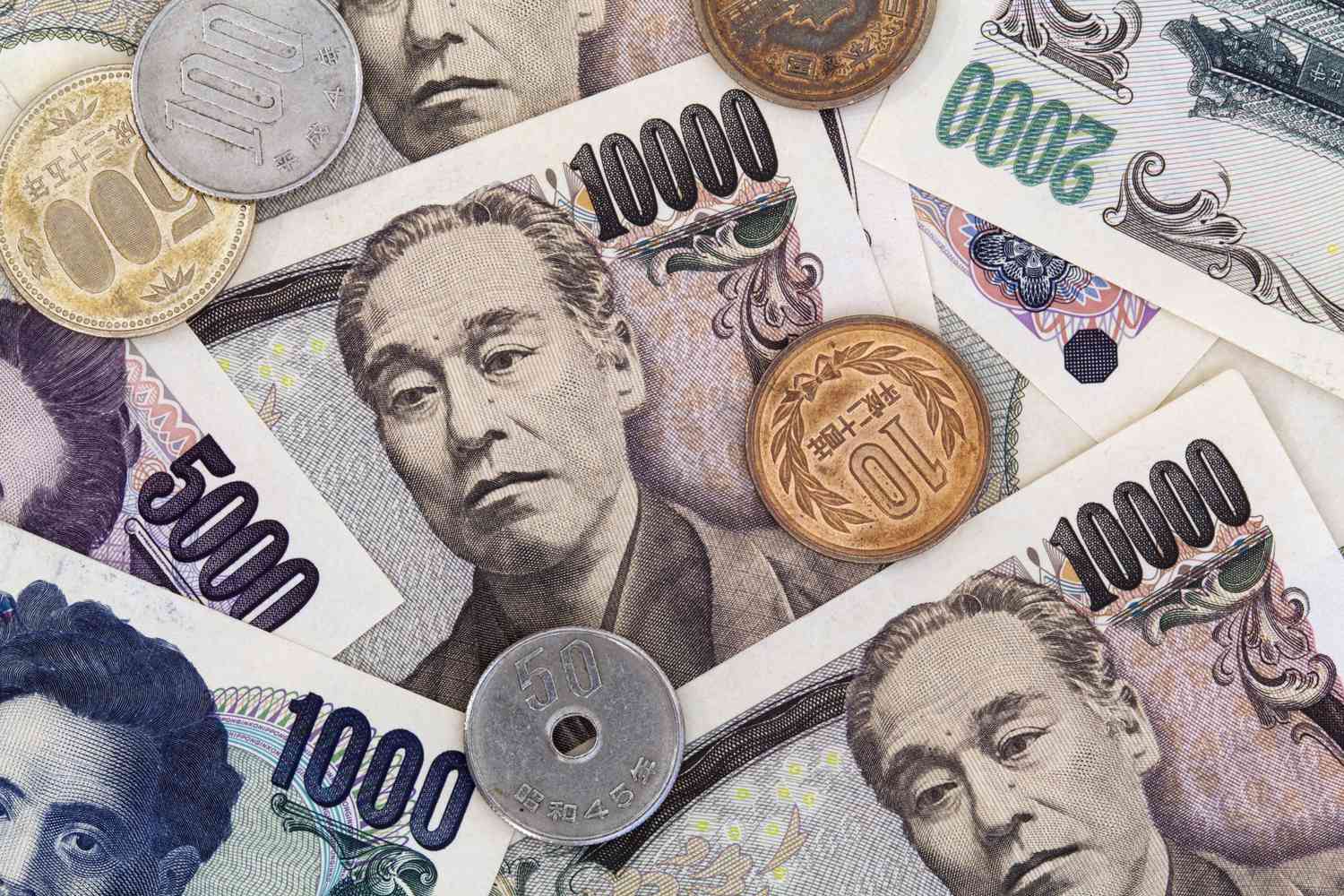
- Uncategorized
Japan recalls intervention in yen exchange rate
Do you want to know how to make money from this?
Register for free and get expert advice, access to a training course and webinars.
Key points:
- Tokyo announced the country’s readiness to take “decisive action” in the event of excessive fluctuations in the yen exchange rate.
- The yen’s depreciation comes amid a divergence in interest rates between the US and Japan.
- Japanese authorities have already intervened in the foreign exchange market this year, spending about 9.8 trillion yen ($61.64 billion) to support the yen.
On Monday, Tokyo’s top foreign exchange diplomat, Masato Kanda, expressed Japan’s readiness to take decisive action in the event of excessive fluctuations in the foreign exchange market. His statement came as the yen fell to almost 160 yen per dollar, which raised fears in the market about possible new intervention from the Japanese authorities.
Tokyo’s readiness to respond to market changes
Japan’s top currency diplomat, Masato Kanda, declined to comment on the yen’s daily fluctuations, warning against the possible negative impact such comments could have on the market. However, he stressed that the Japanese authorities are always ready to take the necessary measures in case of excessive exchange rate fluctuations.
His comments were echoed by Japan’s Finance Minister, Shunichi Suzuki, who also declined to comment on whether current market fluctuations were excessive, but stressed that it was important for the yen to be stable and reflect economic fundamentals. Suzuki added that Tokyo will respond to changes in the market accordingly when necessary.
The yen’s depreciation comes amid the Bank of Japan’s recent decision to postpone cuts to its bond purchase incentive program. This decision has raised concerns in the market, which could lead to a further depreciation of the yen.
As of Monday morning, June 24, the dollar was trading at 159.87 yen.
When can the regulator intervene in the yen exchange rate?
Japan’s Deputy Finance Minister for International Affairs, Masato Kanda, said he was aware of market concerns about possible government intervention in the yen after it fell to 160 yen per dollar. However, he emphasized that the Japanese authorities don’t have clearly defined policy levels at which they will necessarily carry out interventions.
It should be noted that the market traditionally perceives the level of 160 yen per dollar as a kind of “red line” for the Japanese authorities. Earlier this year, Japan already spent about 9.8 trillion yen ($61.64 billion) to stem the yen’s decline and prevent it from falling further below 160.245 yen per dollar (the low recorded on April 29).
However, these measures failed to have a lasting impact on the yen, which is largely due to the significant difference in interest rates between Japan and the United States.
In addition, Kanda said that the inclusion of Japan on the list of countries monitored by the US Treasury for currency manipulation won’t have any impact on the Japanese authorities’ policy choices. Kanda emphasized that Japan has every right to pursue the necessary policies aimed at ensuring the stability of the yen exchange rate and compliance with its fundamental indicators. He added that if the authorities don’t take such measures, it will negatively affect ordinary people, companies and households.
Do you want to know
How to make money from the news
Register for free and get:
- Expert consultation;
- Access to the training course;
- Opportunity to participate in webinars

